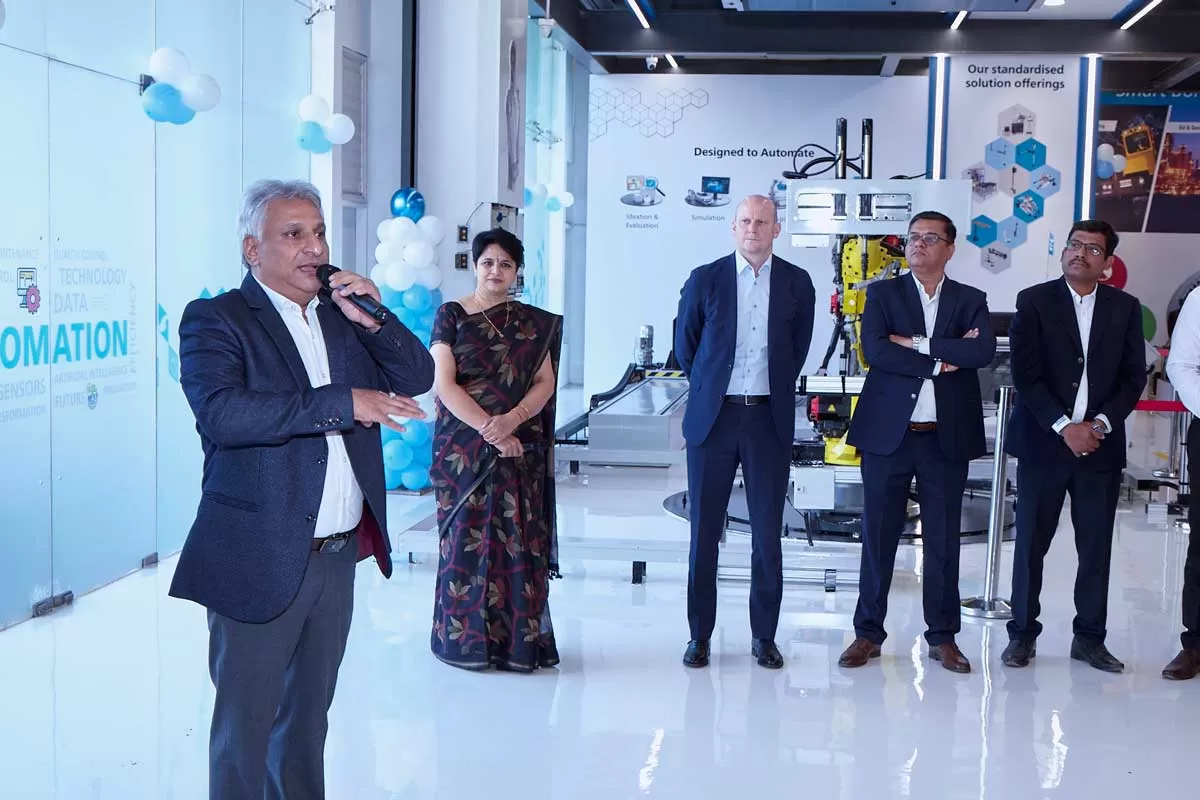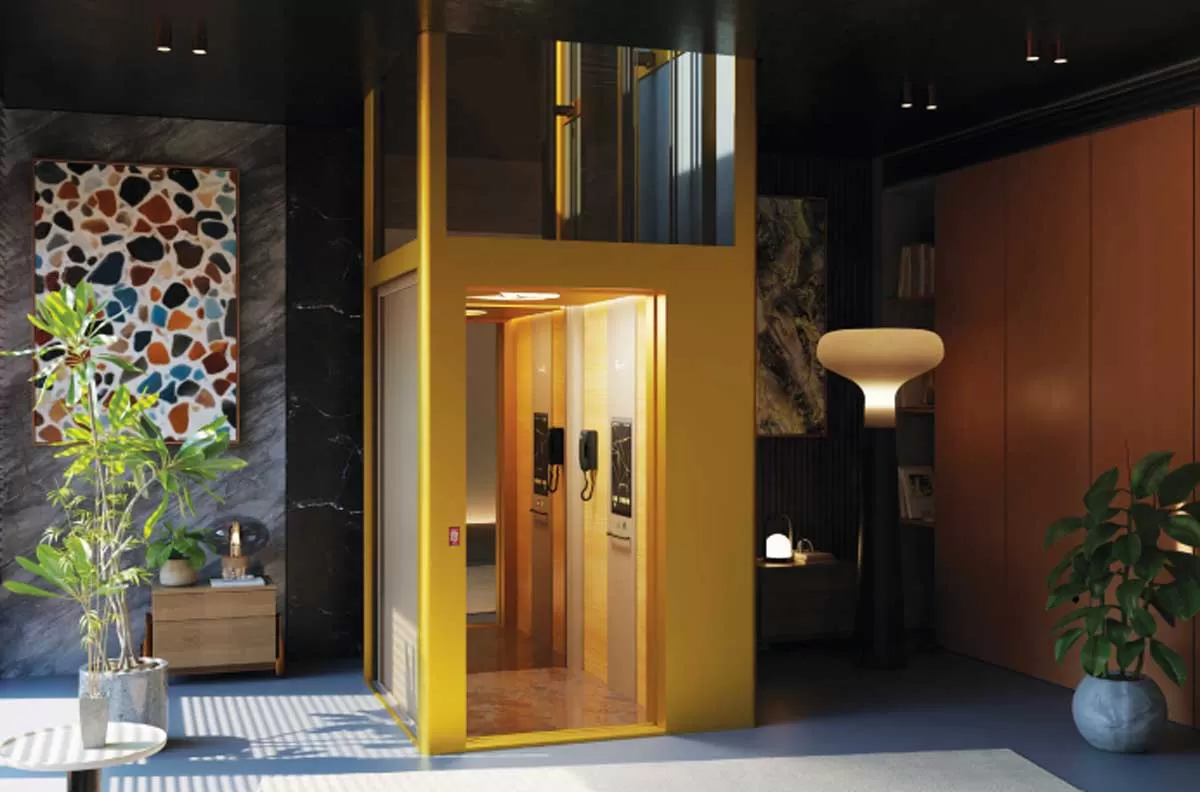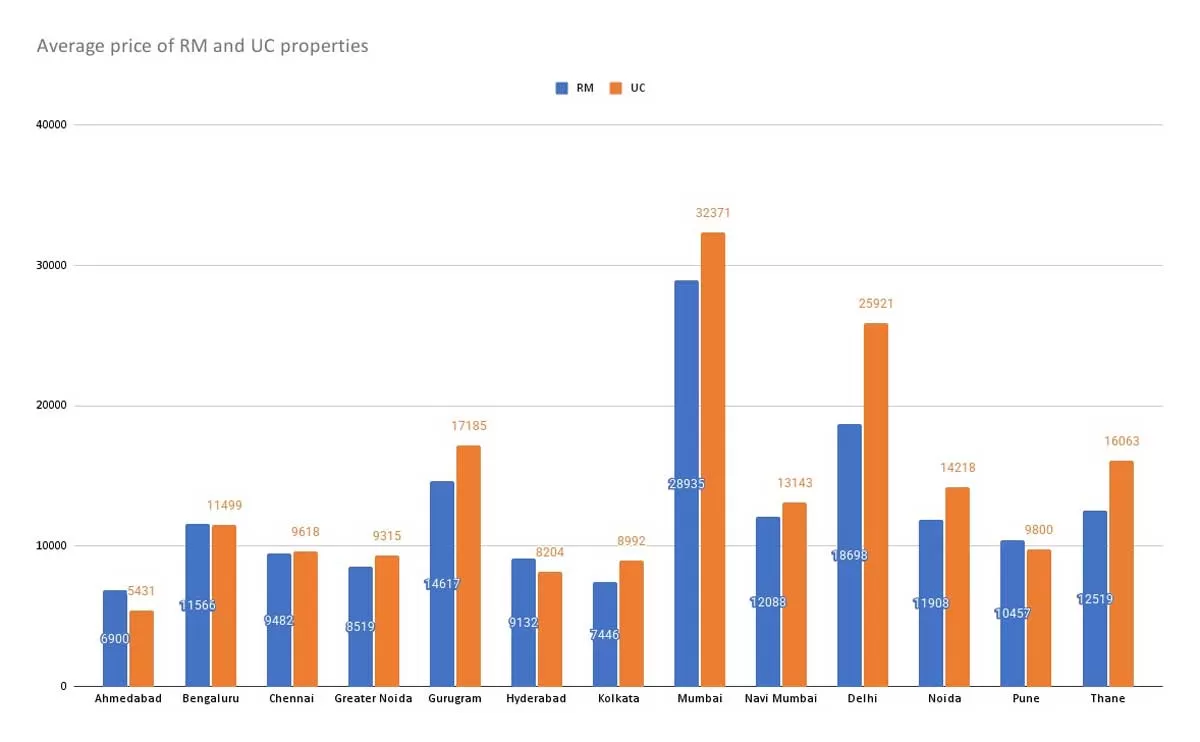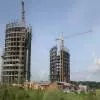In the ever-changing world of construction, delivering high-quality projects on time and within budget is essential. But achieving this isn’t just about cutting costs or pushing for faster completion. It’s about finding a balance—where cost control and seamless integration of all project elements work together.
Cost control goes beyond simply saving money. It’s about ensuring that every pound spent brings value to the project. More than that, we recognise the importance of ensuring that the entire construction process runs smoothly. Whether it’s synchronising the work between architects, engineers, suppliers, or clients, making sure everyone is on the same page is key to our approach.
By taking an integrated view—where cost control and operational synergy complement each other—we can achieve outstanding results while keeping our projects on track, both financially and operationally.
Planning right from the start
The foundation of any
successful project is laid well before the actual construction begins. Early-stage planning is where we ensure that all the pieces of the puzzle fit together perfectly. We work closely with architects, engineers, and clients to develop a clear
project plan, covering every detail from the design to procurement and labour management.
At this stage, we also focus on value engineering, where we explore cost-saving opportunities without compromising on quality. Whether it's suggesting alternative materials or methods that offer the same durability at a lower cost, this planning phase is crucial. When
we plan early, we minimise the chances of surprises down the line, helping us to stay on budget throughout the project.
Real time cost monitoring
Construction projects are dynamic, and unexpected challenges can emerge at any stage. To prevent such challenges from derailing a project, we use advanced technology to monitor costs in real time. We rely on tools like Building Information Modelling (BIM) and cost management software that give us up-to-the-minute insights into where money is being spent.
By monitoring everything—materials, labour, and overheads—we can immediately spot areas where costs might overrun and take swift action. If material prices increase unexpectedly or a delivery is delayed, we can adjust the project plan or find alternative suppliers quickly. This agility helps us maintain control over the budget while ensuring the project stays on track.
Labour management
A significant part of maintaining control over costs involves efficient workforce management. This is where our eFORCE app comes
into play. The app is designed to manage KYC-approved/enabled contractors and labourers, making sure that the right people are assigned to the right tasks.
What makes the app particularly effective is its ability to provide instant updates, allowing us to see where labour is being utilised and how we can optimise it. This not only improves on-site collaboration but also makes our entire labour management process more efficient and transparent.
The app houses the company's “in-house” sub-contractors, who can bring skilled labourers proficient in 73 different construction activities. All these contractors receive real-time updates as new activities and work fronts open on Capacit’e infra sites, complete with live pictures of the site, payment terms, etc. This reduces the turnaround time for quality and skilled labour deployment by three times compared to other companies and traditional practices employed by other general contractors. These contractors are KYC verified and digitally mapped, thus reducing compliance issues such as GST payment problems and other legal and insurance concerns. This app is designed to be adaptable to individual construction needs and may one day help revolutionise labour management across the infra sector as a whole.
Enhancing collaboration through technology
We don’t believe in just using technology to manage costs but also to enhance teamwork at every level. Tools like BIM play a crucial role in bringing all project stakeholders together. These 3D models help everyone involved—engineers, contractors, architects, and clients—work collaboratively on the design and construction processes in
real time.
BIM allows us to foresee potential bottlenecks, assess the implications of design changes, and run simulations before construction even begins. This means fewer changes during the build, fewer surprises, and more accurate cost control. Additionally, by integrating our BIM models with our cost estimation tools, we can predict how design modifications will impact the budget, making informed decisions to keep everything aligned.
Streamlining communication
Every successful construction project relies on strong communication and teamwork across multiple levels. Placing a strong emphasis on ensuring our internal teams—project managers, engineers, and procurement officers—work seamlessly together ensures that materials, labour, and equipment are available on-site when needed, avoiding costly delays.
But our efforts don’t stop there. We also maintain strong relationships with external partners, including suppliers and clients. This ensures that our supply chains are streamlined and efficient. Materials are delivered just in time, reducing storage costs and ensuring that they are used when they are at their best. Regular, open communication with clients also keeps them informed of the project’s progress, preventing any surprises down the line.
Delivering high-quality,
cost-effective projects
By focusing on both cost control and project integration, we ensure that every project not only stays on budget but is also completed to the highest standards. Our clients trust us to deliver high-quality work while keeping an eye on costs—a balance that’s hard to achieve but one that we’ve mastered.
Through the use of advanced digital tools, proactive planning, and precise workforce management via the eFORCE app, we have been able to deliver projects on time, within budget, and with exceptional quality. It’s not just about cutting corners or rushing to meet deadlines—it’s about doing things right from start to finish.
Looking ahead
The construction industry is constantly evolving, and we are committed to staying at the forefront of these changes. Whether it’s embracing new digital tools, refining our labour management processes, or adopting sustainable building practices, we’re always looking for ways to improve.
In the future, we will continue
to enhance our cost control and project coordination strategies, ensuring that we can deliver even more value to our clients. Through ongoing refinement of our processes, the adoption of next-generation technology, and our commitment
to transparent communication,
we aim to remain leaders in
cost-efficient, well-organised construction projects.
About the author
Asutosh Katyal, CTO, Capacit'e Infraprojects is responsible for driving technological advancements of the firm, that are crucial
to the company’s success in executing complex, large-scale construction projects. His expertise in digital technologies
has also helped the company adopt
sustainable construction practices.


















